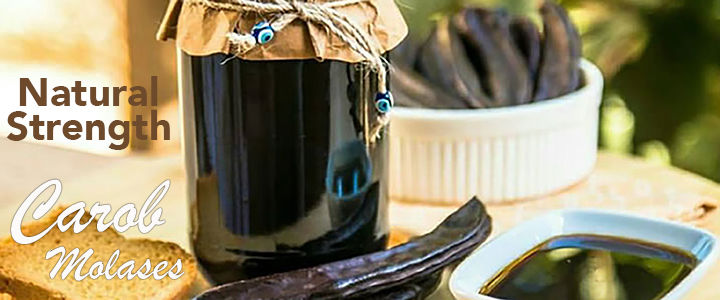English
You have no items in your shopping cart.
Spices & Soup
ARIFOGLU Linseed Flax (Keten Tohumu) 250g
Flax, whose Latin name is 'Linum usitatissimum' meaning 'very medicinal plant', is from the flax family. Its homeland is Turkey, Egypt, Syria, and Iraq. Today, it is also grown as a culture plant in Europe, Asia, and North and South America. In June and August, it enlivens the summer with its silky-soft, liberating azure or unique yellow flowers. Fiber and oil are classified as flax. It can easily grow in almost any type of soil. It is planted periodically as summer and autumn linen in Anatolia. Many archaeological studies show that flax was cultivated in Mesopotamia 7,000 years ago. Pictures describing the cultivation of flax were found, which were placed as food in the burial chambers in Ancient Egypt. Ground linseed is added to mixed grain bread in the bakery sector in the west. It is widely used to obtain different tastes in cakes, pies, and all mixtures with dough. It can also be added to salads, soups, rice, and meals as a condiment.
$7.49
ARIFOGLU Zahter (Thymus Longicaulis) 500g
Zahter, which is similar to thyme in appearance, can also be called "black thyme". It has a very sharp, even bitter odor. It grows wild in Central and Southern Anatolian regions. In addition to being used as a spice in meals, zahter, which is also a tea, has many benefits.
$6.99
LUCKY FOODS Ground Barberry 50g
Known for its tangy taste, this small dried fruit from Iran brightens up both sweet and savory dishes! Whether in a crumble, with roasted meat, or to accompany rice, barberry has many tricks up its sleeve to win over numerous palates. Our tip: sauté it in butter before using to rehydrate it.
$3.99
BIOSET Flavor Mixed Salt (Sharena Sol) 40g
This really colorful spice mix is one of the most typical spices in Bulgaria and has been used in Bulgarian cuisine for centuries. Ingredients: Salt 52%, roasted and ground corn, savory, sweet red pepper.
$1.99
ZIYAD Kunafa Coloring 57g
Kunafa Ccoloring, a vibrant orange pastry coloring, is used to make the iconic Middle Eastern dessert Kunafa.
$5.99
ADONIS Mansaf Spice 100g
Mansaf Spice is a harmonious blend of cumin, paprika, cardamom, turmeric, cloves, allspice, and salt – a symphony of flavors that captures the essence of Jordan's beloved national dish. Mansaf is a traditional Jordanian dish made of lamb cooked in a sauce of fermented dried yogurt and served with rice or bulgur. It is the national dish of Jordan, and it is also common in Palestine, Iraq, Syria, and Saudi Arabia. The name of the dish comes from the term “large tray” or “large dish”.
$4.99
.gif)












































.jpeg)